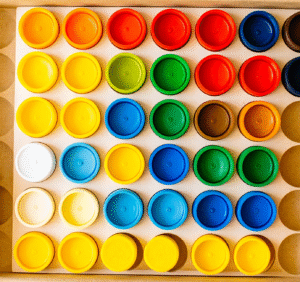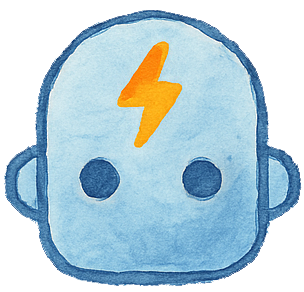As a web developer and parent, I spend a lot of time thinking about how real-world logic shows up in everyday life. One of the first big concepts in computer science is something we use at home constantly: loops in early coding.
Loops help computers repeat actions efficiently. They also help kids notice patterns, make routines smoother, and learn how to solve problems with less effort. Whether you’re a homeschool parent or a classroom teacher, this is a concept you can teach without screens or code blocks. You just need a few simple materials and some playful energy.
What Is a Loop in Early Coding?
A loop is a set of instructions that repeats until a condition is met. In kid-friendly terms, it’s like a song chorus or a bedtime routine. Once you know the pattern, you just repeat it again and again. This helps young learners see that they don’t always need to start from scratch. Instead, they can reuse and repeat to get the job done.
By connecting loops to daily habits, children begin to understand how coding patterns work. Teaching this idea through real actions helps build what I call a “developer mindset” early on. In addition, it connects learning to real life, which makes concepts stick.
Snack Stack Game: Loop the Pattern
Use colored cups or small bowls to introduce looped patterns. Here’s how:

- Choose 2–3 colors (like red, yellow, blue)
- Create a pattern: red-yellow-blue-red-yellow-blue…
- Say, “This is our loop pattern!” and stack the cups in order
Next, let your child repeat the stack using the same loop. Then try some creative twists:
- Reverse the loop to test memory
- Add one new color to expand the loop
- Skip the middle cup and see what happens
You’re not just building towers. You’re helping them see how loops in early coding make tasks faster and more predictable. As they repeat the steps, they also build memory and confidence.
Clap-Stomp-Roll: Movement Loops for Coding
Physical play is a great way to cement coding concepts. To begin, try this activity:
- Make a short movement pattern: Clap, stomp, roll your hands
- Say, “Let’s loop it!” and repeat the pattern three times
- Ask your child to change one step and see how it affects the full loop
This builds flexibility while reinforcing repetition. It also encourages kids to debug their own patterns when a step is skipped or changed.
Additionally, using movement taps into kinesthetic learning styles. As a result, kids are more likely to retain concepts when they’re active and engaged.
Morning Routine Loop Cards
Create a set of simple cards with morning tasks:
- Brush teeth
- Get dressed
- Eat breakfast
- Pack bag
Place them in a loop and say, “This is our morning loop.” Use a clothespin or paperclip to move through the steps each day. Once kids get used to it, let them rearrange or add new steps. This mirrors how loops in early coding can evolve in programming.
Moreover, looping routines give children structure. They also promote independence. Because the loop is familiar, it builds confidence and clarity.
Why Loops in Early Coding Matter
Looping teaches kids to think in patterns. It saves time, reduces errors, and boosts memory. These same skills transfer directly into beginning code work, especially when students transition to visual programming tools.
Even if you never touch a screen, you can build these thinking skills. In fact, it might even stick better that way.
Because loops repeat, they offer comfort. Kids start to predict what’s next. Over time, they understand that repetition is a tool, not a chore. Eventually, they begin creating their own patterns with confidence.
Explore More Loop Ideas
To find more ways to reinforce these skills, explore iD Tech’s unplugged coding activities for screen-free ideas that connect loops and logic through everyday play.
Ready to Build the Developer Mindset?
Explore more unplugged activities that teach early coding skills the screen-free way. From loops in early coding to debugging games, there are so many ways to help kids think like real programmers.


Leave a Reply